Organisational Strategy
Organisational strategy because there isn’t time for a prototype
Having an organisational strategy means asking the key question: how should your organisation be structured in order to achieve your commercial objectives?
It’s no good reverse engineering a structure to fit with an idealised view of how an organisation could operate. We work with our clients in the real world – their real world – and take them through a logical process:
- Business model design
- Operating model design
- Organisational design
Business model design
Fundamentally, the business model is a company’s plan for achieving commercial success or wider societal impact – whatever that looks like. It identifies the products or services the business plans to sell, its target market and associated costs. The business model enables the development of a business strategy.
Business models need to be fit for purpose – attract investment, recruit talent and motivate the entire workforce. They are key to identifying the real value and assets in your business. Business models are like ‘recipes’ – fundamental ingredients and methodology. But as ‘head chef’ you make this recipe fit your purpose. The forward thinking business anticipates trends and challenges ahead so having an agile business plan is vital otherwise future development isn’t possible.
There are many different types of models out there so it’s important to choose one that is best suited to what your business delivers to your customers. And, of course, it should work better and harder than the competition’s.
Tusk helps businesses create and develop a business model that suits what they do and how they do it. Making sure the business is profitably customer-centric is integral to a successful organisational strategy.
Regional director, national children’s charity
Operating model design
The operating model breaks down the working parts of your organisation, designing how the business model delivers the value as set out in the strategy. Reviewing the effectiveness of the operating model is an essential part of a large scale transformation agenda.
The business model describes how an organisation creates, delivers and captures value and sustains itself in the process. The operating model focuses on how you organise the operational aspect of the business model. It describes the way an organisation does business today. It can be an emotive topic with perceived winners and losers emerging as functions and accountabilities are refocused. Tusk helps to take the heat out of the task, encouraging the team to be objective and make agreed goals the collective driving force.
A well described operating model will fulfil two key purposes:
• Achieve a consistent and aligned view amongst the senior leadership on how to organise operations and deliver the strategy
• Enable the team to communicate and implement changes in a consistent manner
Organisational design
This leads us to organisational design (OrgDes) – fundamentally this is about building the detail that sits behind the operating model in areas that link people, structures, processes and rewards back to the strategy. There’s so much more detail involved than a lot of studies would have you believe. True, OrgDes takes a holistic view but then it facilitates the different parts of the organisation – aligning people, processes and competencies – to work together as one organisation thereby enabling the operating model to function. This also enables us to help our clients get the balance right in power structures resulting in both impact and improvement in appropriate measure.
We ask our clients the simple question: how do we organise people and processes to enable us to meet our objectives and deliver the strategy and achieve the organisation’s vision as set out in the business model?
Our OD follows a series of activities, starting with understanding the processes and value chains for the work you deliver. Then layered on top are the functional requirements, physical locations and power bases to then design the structural options to deliver the strategy. Significant point here is that the structural options come last in the process – not first.
Website Enquiry - Organisational Consulting Strategy
Explore our 2 other core services in more detail OR complete the form below:

Transformation
